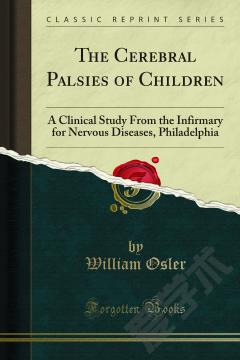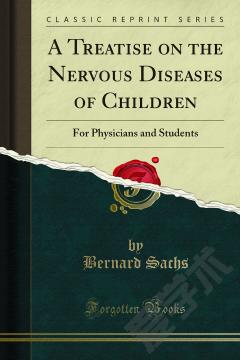The Cerebral Palsies of Children —— A Clinical Study From the Infirmary for Nervous Diseases, Philadelphia
-----
Dividing the motor path into an upper cortico-spinal segment, extending from the cells of the cortex to the gray matter of the cord and a lower spino-muscular. extending from the ganglia of the anterior horns to the motorial end plates, the palsies which I propose to consider have their anatomical seat in the former, and may result from a destructive lesion of the motor centres, or of the pyramidal tract, in hemisphere, internal capsule, crus or pons.Certain general features define sharply from each other palsies of the upper and lower portion of the motor path. When the latter is affected, as in the common infantile spinal palsy, poliomyelitis anterior we have the combination of paralysis with rapid wasting, early loss of reflexes, absence of rigidity and marked changes in the electrical reactions. On the other hand, in involvement of the upper segment, when the lesion is cortico-spinal, anywhere from the motor cells of the cerebrum to the gray matter of the cord, there is paralysis with spasm or disordered movements, exaggerated reflexes, neither rapid nor extreme wasting and normal electrical reactions.
{{comment.content}}








 京公网安备 11010802027623号
京公网安备 11010802027623号